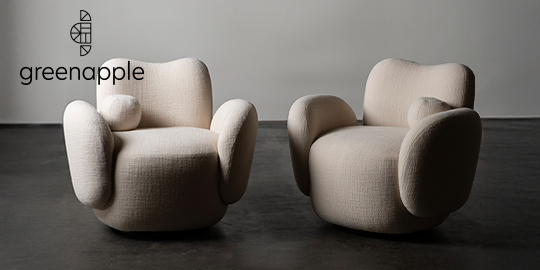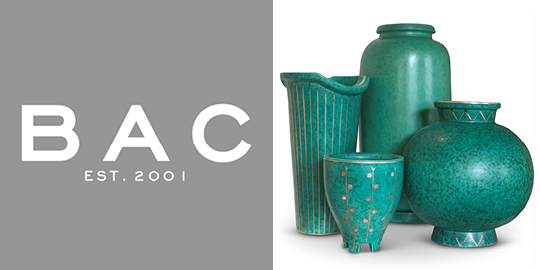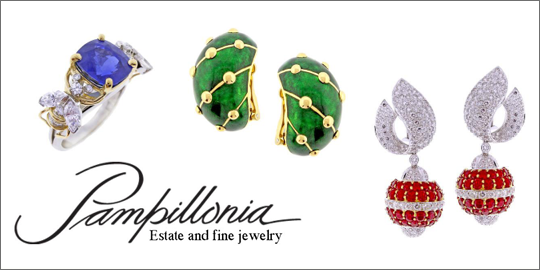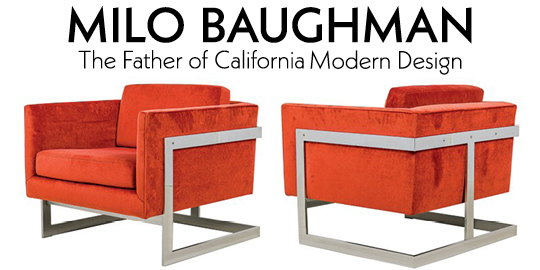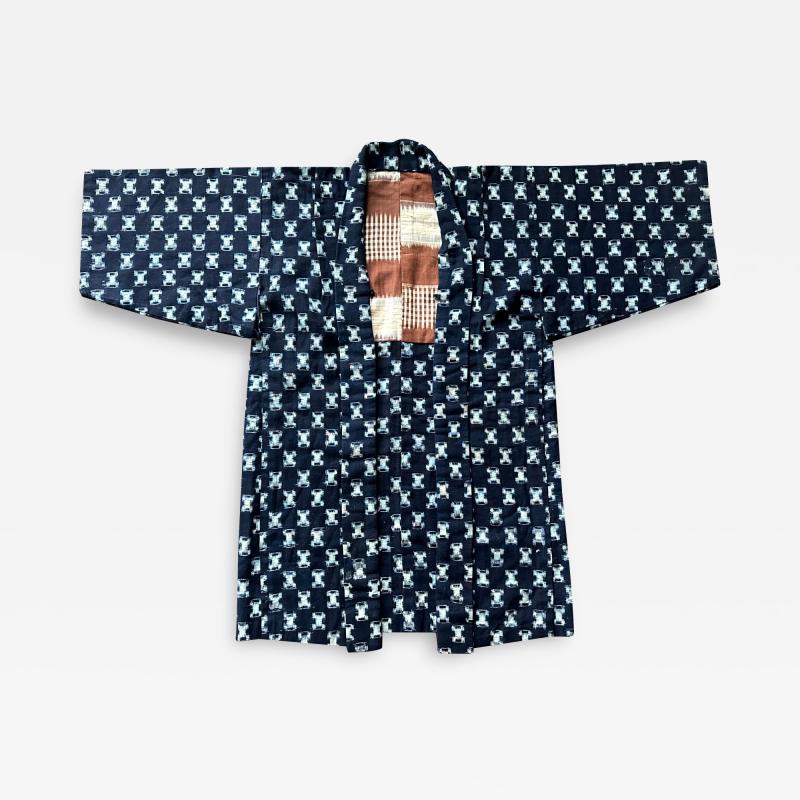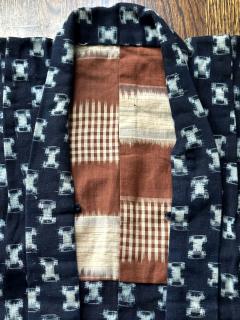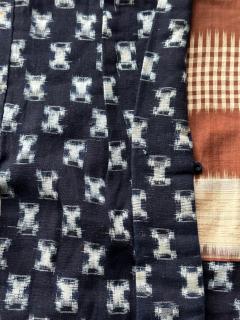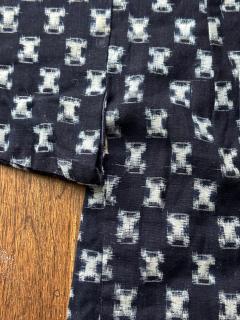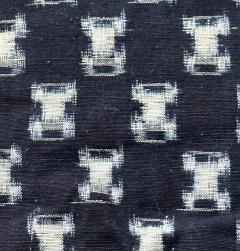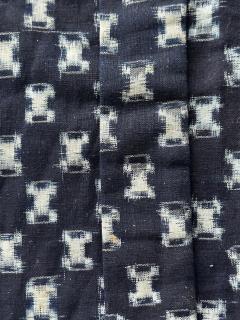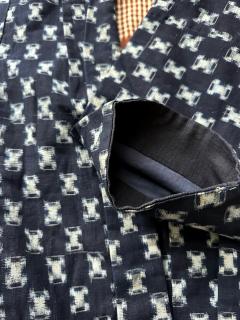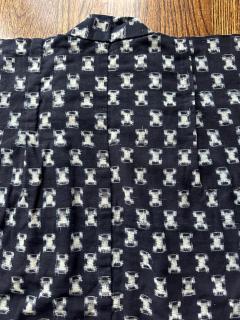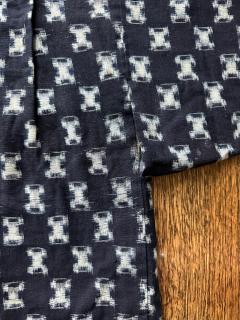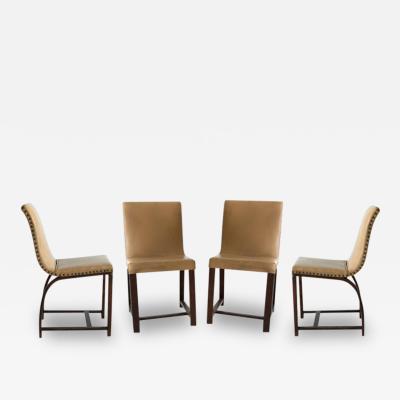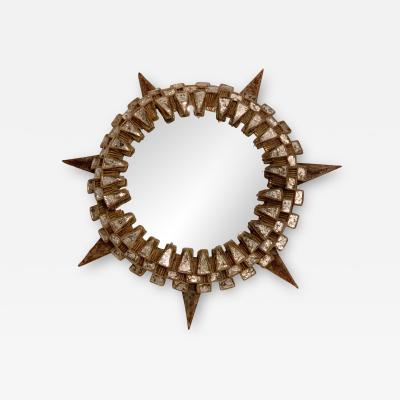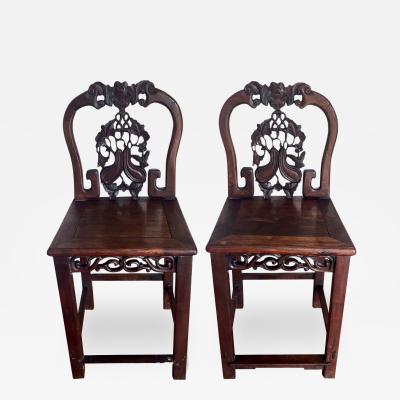- FINE ART
-
FURNITURE + LIGHTING
Shop By Category
Shop By Artist
- NEW + CUSTOM
- DECORATIVE ARTS
-
JEWELRY
Shop By Category
Shop By Artist
- INTERIORS
- MAGAZINE
Showrooms
Rare Japanese Woven Ikat Child Kimono Nemaki
$ 3,200
-
Tear Sheet Print
- Save
- BoardAdd to Board
-
-
Description
A rare and well preserved Japanese woven child's kimono circa early 20th century (end of Meiji period). The small kimono was a great example of Nemaki (sleepwear) for a young boy, identified by its size and distinct attached and tapered sleeves with opening under the armpits. The distinguished weaving is double-ikat (called Tate-Yoko Kasuri in Japanese), in which both wefts and warps were pre-dyed with resistant paste to create a slightly blurry edges on the squared design, both vertically and horizontally. The white square pattern covers the entire surface. The repetition, the subtle variations and the blurred images make the piece visually arresting. One of the most difficult techniques to master, the demanded precision of the pre-dye is the key to the creation. Closer inspection of the garment further reveals that it was lovely made with great details and care. Subtle plaiting was placed on the front lapel as well as the back shoulder areas. Small loops were sewn onto the chest area (for tie closure). The back of the kimono was lined with a brown fabric with ikat pattern for durability. The end of the inner sleeves was lined with dark blue silk stripes for the same purpose. The Nemaki garment was likely made for a boy of a wealthy family and wasn't used extensively based on the well-preserved condition.
For a similar boy's Nemaki kimono, see "Textile of Japan" Prestel, page 282, illustration 96.
IIkat weaving was originated in Southeast Asia and spread to Japan Mainland in the 17th century via Okinawa (14th century). The cotton production accelerated the development of the textile industry on a much larger scale by then in the Edo period when Kasuri became very popular among the general population. -
More Information
Origin: Japan Period: 1900-1919 Materials: cotton Condition: Good. Overall good condition as a well-preserved example. Little wear with minor scattered spots of stains. Creation Date: early 20th century Styles / Movements: Asian, Traditional Patterns: Asian/Oriental, Geometric, Handmade Incollect Reference #: 648080 -
Dimensions
W. 37.5 in; H. 30 in; D. 0.2 in; W. 95.25 cm; H. 76.2 cm; D. 0.51 cm;
Message from Seller:
Tishu, based in Atlanta, GA, offers a diverse collection ranging from Neolithic art to 20th-century collectibles, with a focus on Mid-century design, Japanese and Korean art, Asian textiles, and Contemporary Aboriginal art. Driven by a passion for timeless beauty, the gallery is open by appointment only and offers works that span 5,000 years of history. Reach them at 305-400-0561 or tishu@tishugallery.com.
Sign In To View Price
close
You must Sign In to your account to view the price. If you don’t have an account, please Create an Account below.
More Listings from Tishu View all 1082 listings
No Listings to show.
- Rare Antique Japanese Folding Screen by Kano Tanshin
- Set of Four Art Deco Chairs, Gilbert Rohde, Heywood Wakefield
- Set of Eight Chrome Cityscape Dining Chairs by Paul Evans for Directional
- Large French Tudor Wall Mirror by Line Vautrin
- Lucite Table Lamp With Chrome Metal Shade
- Pair Nautilus Swivel Club Chairs by Vladimir Kagan
- Walnut Center Table with Stone Insert by Harvey Probber
- Pair of Antique Chinese Huanghuali Side Chairs
- Italian Vintage Guido Gambone Ceramic Table Lamp
- Pair Large Modern Geometrical Urn Shape Brass Lamps
- Rare pair of Vienna Secession Modern Chairs by Adolf Loos
- Large Wall Mirror by Harrison Van Horn
- Pair of French Carved Fauteuil Chairs, Louis XVI Style
- A Vintage Molar Lounge Chair by Wendell Castle






